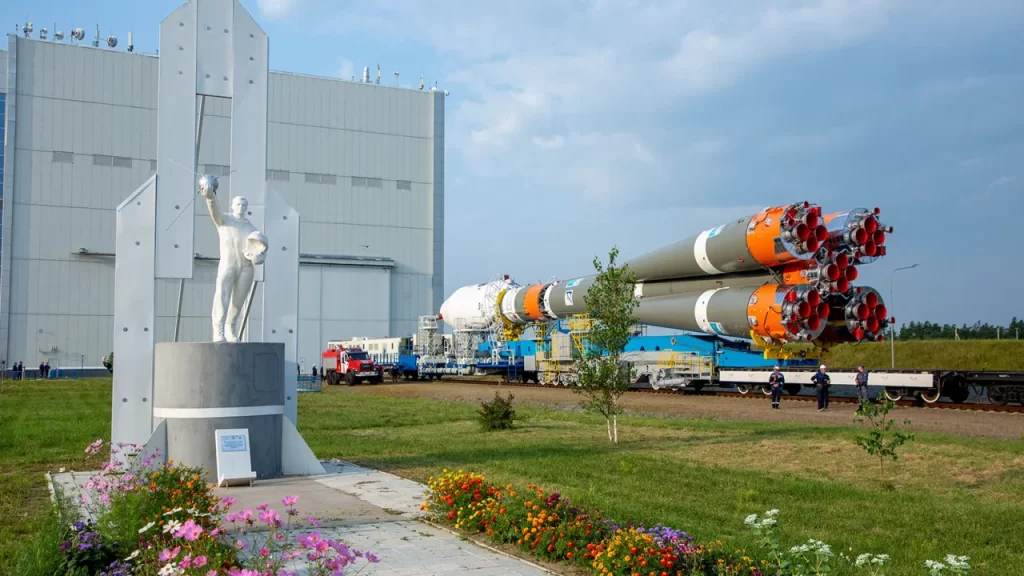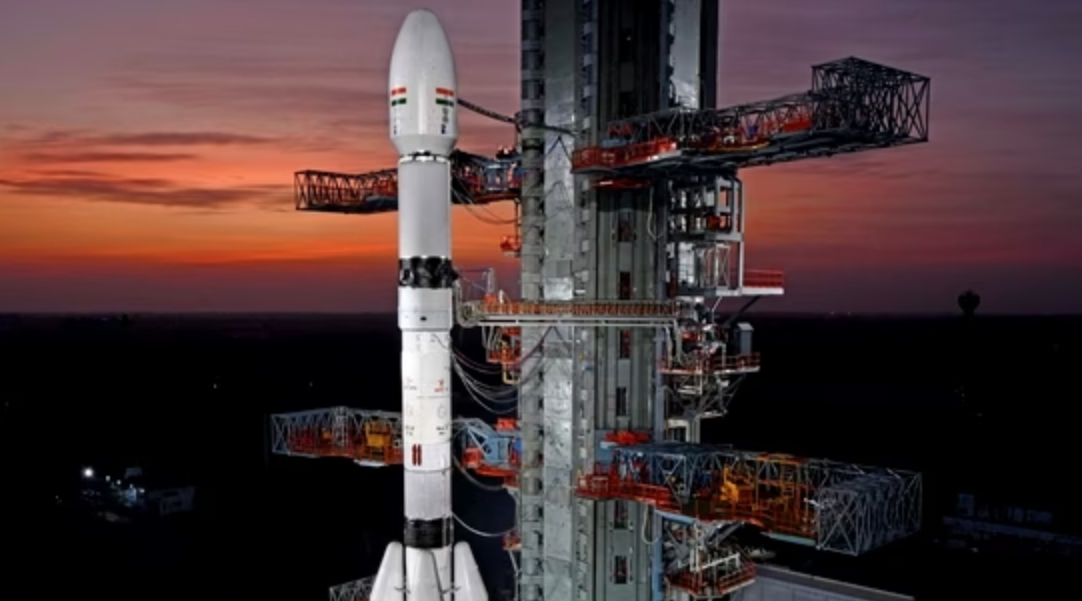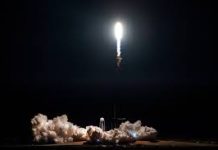Russia’s Luna 25 Mission Launching Towards the Moon
Russia Celebrates Successful Luna 25 Lunar Lander Launch after 47 Years
In a significant milestone for space exploration, Russia has achieved a successful launch of Luna 25, marking the country’s return to lunar missions after a 47-year hiatus. The uncrewed spacecraft embarked on its journey from the Vostochny Cosmodrome in Amur Oblast, Russia, riding aboard a Soyuz-2 Fregat rocket. The launch occurred at 8:10 a.m. local time on Friday, corresponding to 7:10 p.m. ET on Thursday.
This historic event prompted a temporary evacuation of a Russian village as a precaution due to the minute possibility that one of Luna 25’s rocket stages could potentially fall in the area, as reported by Reuters.

The spacecraft’s mission involves entering an initial Earth orbit, followed by a transfer to a lunar orbit, culminating in a descent to the moon’s surface. Russia’s previous lunar lander, Luna 24, successfully landed on the moon on August 18, 1976, making this latest mission a significant advancement in lunar exploration.
Coincidentally, another lunar mission, India’s Chandrayaan-3, launched in mid-July, is also set to land at the lunar south pole on August 23. There’s a race between Russia and India to determine which country’s mission will land first. However, Roscosmos, the Russian space agency, has clarified that the two missions are not anticipated to interfere with each other as they have distinct landing zones, as reported by Reuters.
Luna 25’s Mission and Objectives
Luna 25, also referred to as the Luna-Glob-Lander, has specific scientific objectives. It aims to study the composition of the moon’s polar soil, as well as analyze the plasma and dust within the moon’s ultra-thin lunar exosphere. The spacecraft is designed for a one-year mission duration.
This four-legged lander comes equipped with essential components such as landing rockets, propellant tanks, solar panels, computers, and a robotic arm featuring a sample-collecting scoop. Additionally, it boasts a suite of advanced instruments dedicated to the analysis of collected lunar samples and the exosphere, as outlined by NASA.
Initially, Roscosmos and the European Space Agency (ESA) had planned to collaborate on not only Luna 25 but also Luna 26, Luna 27, and the ExoMars rover. However, this partnership was disrupted in April 2022 following Russia’s invasion of Ukraine, leading the ESA Council to halt cooperative activities with Russia.
Future of Lunar Exploration
Concurrently, India’s Chandrayaan-3, incorporating a lander, rover, and propulsion module, successfully entered lunar orbit following its launch on July 14. This mission marks India’s second attempt to land at the lunar south pole after Chandrayaan-2 encountered difficulties in September 2019. The success of Chandrayaan-3 would elevate India to the ranks of countries that have achieved the intricate feat, a list currently comprising the United States, the former Soviet Union, and China. Upon landing, Chandrayaan-3 will dedicate several weeks to conducting essential scientific experiments aimed at further understanding the moon’s composition.
NASA’s ambitions in lunar exploration are geared toward a groundbreaking mission planned for late 2025. This mission, known as Artemis III, aims to land a woman and a person of color on the moon, marking a significant milestone in space exploration history.
The intense focus on the lunar south pole by multiple missions is driven by the region’s potential resources. Deep, permanently shadowed craters in this area may contain invaluable ice that could be used for vital purposes such as drinking water, oxygen, and fuel. As space agencies, including NASA, seek to sustainably extend human presence on the moon for longer periods, the significance of these resources becomes increasingly crucial.
NASA Administrator Bill Nelson acknowledged the heightened interest in lunar exploration, highlighting the moon’s water potential. This renewed exploration effort serves as a stepping stone toward mastering deep space environments for extended durations, a vital aspect of preparing for future missions to Mars and ensuring the safety of return journeys.
When asked about the Luna 25 launch, Nelson extended well wishes to the Russian team, emphasizing NASA’s longstanding cooperative relationship with Roscosmos, which dates back to the Soviet era since 1975. This cooperation underscores the collaborative nature of space exploration, transcending geopolitical challenges.




